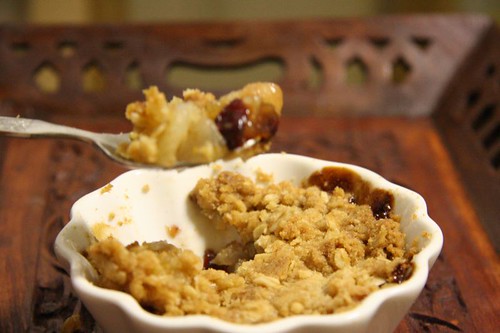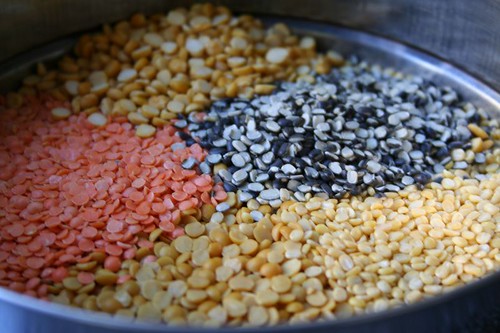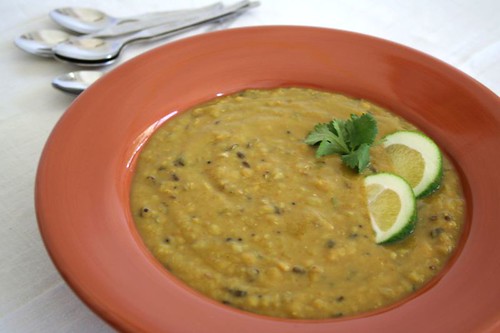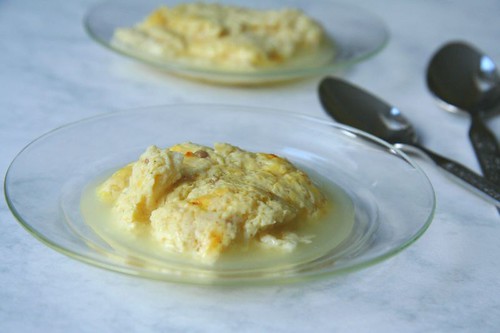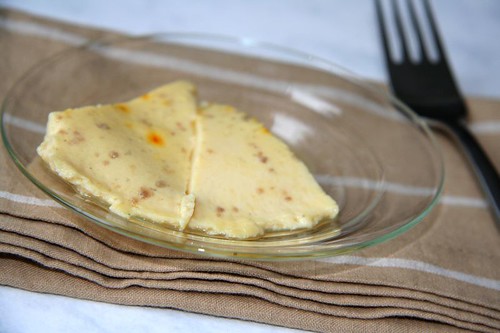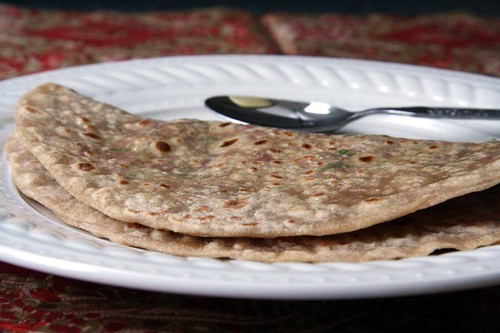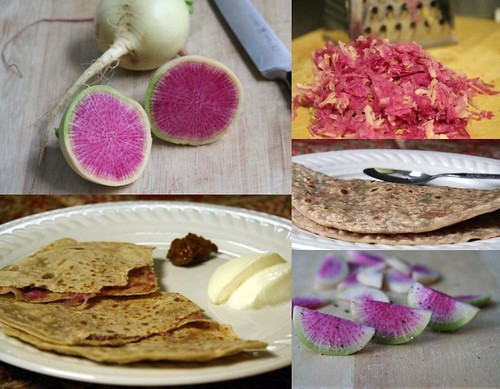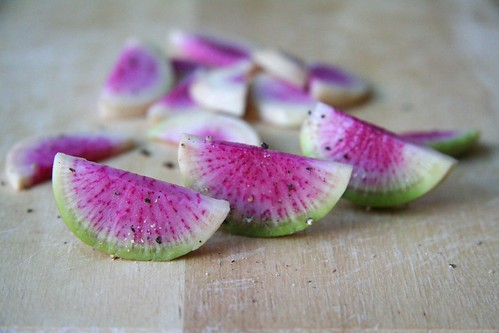
Good friends shouldn't need much of an excuse to get together, but with busy lives and global schedules it can get really difficult to get a bunch of people to meet for even one meal. I am referring to some old friends of mine - whenever we meet, we have such a fabulous time we wonder why we don't all get together more often, and then part with promises to meet soon, but before we know it another year has passed, or two.
Recently, when one of them decided to leave the land, it was a compelling reason for all to meet, as it would be our last chance to see the family for a while. Someone offered to host, and the planning for a spontaneous last minute potluck began, which meant quick decisions and even quicker work. The yeses and the nos, the headcount, and of course the menu.
The host wanted grazing dishes, rather than the usual fare, so I offered the first thing that came to mind - potato patties, if someone could make ragda, so we could have ragda pattice. One friend immediately opted for it (got to love friends like these!).
Making these potato patties seemed simple, but it can become fairly laborious and time consuming when one has to make almost 5 dozen of them. Unlike aloo tikkis, the potato patties that are served with ragda don't need to be deep fried, and they are crisped on the skillet with only a little oil. So, strictly speaking, these potato patties used in ragda pattice were not aloo tikkis, but that just gives the title a much better ring.
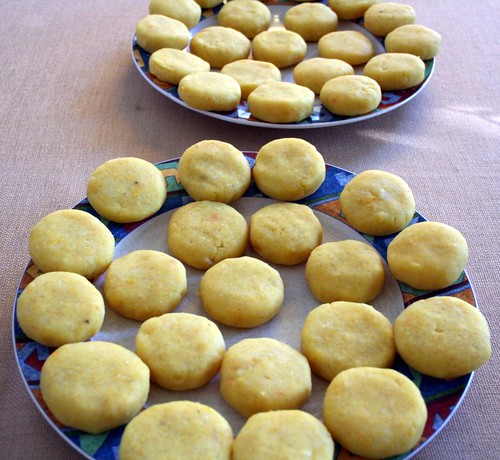
I boiled a dozen large russet potatoes in the pressure cooker. When cool enough to be handled, these were peeled, and roughly mashed in a large bowl, and seasoned with about 1/4th teaspoon turmeric, about 1 teaspoon red chili powder, and plenty of salt. To this mix, I added about 8 crumbled slices of good white bread, (the crusts were removed, left to dry in the fridge, and ground up later to make bread crumbs, but that is another story), and adjusted the seasoning.
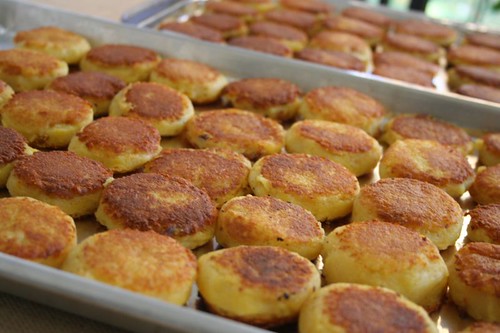
Then, the life saver came into play. To get the potatoes mashed up really smooth, I put the whole mixture through a potato ricer, creating a dough like consistency which could be formed into patties. These were shallow fried on a large skillet, on medium heat, for a few minutes on each side to get them evenly brown and crisp. Placed on large trays, these were ready to be taken to the party.
Cool Tool: Potato Ricer
I had bought the ricer originally to make gnocchi, which I have yet to get around to make, but besides the patties, I have used it a few times to mash potatoes for alu parathas. The potatoes turn out really smooth, with no sticky bumps while rolling out the parathas.

Cool Tool: The picture of this nifty gadget goes to Click: Metal.

